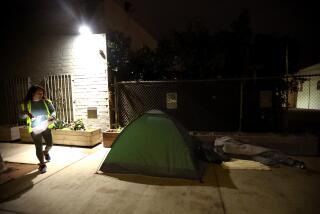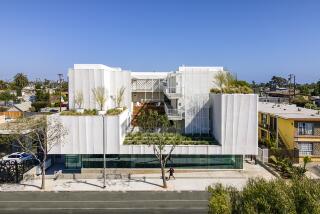About this article
Data for this analysis were compiled from the 2008-2012 estimates of the American Community Survey, which asks respondents to report the number of rooms in their dwellings, as defined by the U.S. Census Bureau. That measure includes bedrooms, kitchens and living rooms and excludes bathrooms, hallways, outdoor areas and unfinished spaces. A unit was considered crowded if it housed more than one occupant per room.
The percentage of homes that were crowded was determined for all ZIP Code Tabulation Areas and census tracts in the U.S. Every area in the country was ranked by statistically weighing its number of households and how much its crowding rate deviated from the national average, about 3%. This lowered the ranking of sparsely populated areas with high crowding rates, but made for appropriate comparisons between any two places.
More to Read
Sign up for Essential California
The most important California stories and recommendations in your inbox every morning.
You may occasionally receive promotional content from the Los Angeles Times.










